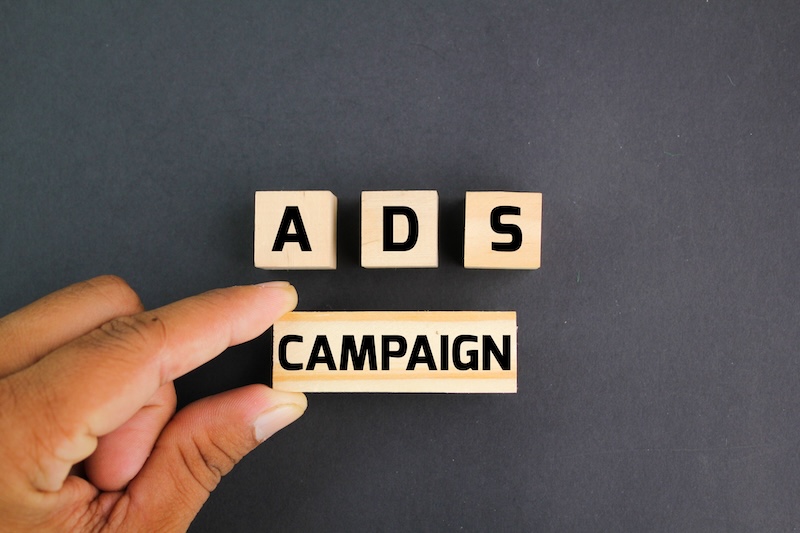Mastering Ad Performance Analysis to Supercharge Your Campaigns

Mastering Ad Performance Analysis to Supercharge Your Campaigns
In the rapidly evolving world of digital marketing, the ability to analyze ad performance effectively is crucial for optimizing campaigns and maximizing ROI. By delving into the intricacies of performance metrics, marketers can make informed decisions that lead to successful advertising strategies. This guide explores the key components of ad performance analysis, offering practical examples, code snippets, and actionable insights to help you enhance your campaign outcomes.
Understanding Ad Performance Metrics
To optimize campaigns, it is essential to understand the various metrics that indicate ad performance. These metrics provide insights into user behavior, engagement, and overall campaign effectiveness. Some of the most critical metrics include:
- Click-Through Rate (CTR): Measures the percentage of users who clicked on an ad after viewing it. A high CTR indicates that the ad resonates with the audience.
- Conversion Rate: The percentage of users who complete a desired action, such as making a purchase or signing up for a newsletter, after clicking the ad.
- Cost Per Click (CPC): The average cost incurred for each click on the ad. Lower CPC indicates a cost-effective campaign.
- Return on Ad Spend (ROAS): Calculates the revenue generated for every dollar spent on advertising. A higher ROAS signifies a more profitable campaign.
Tools for Ad Performance Analysis
Several tools can aid in analyzing ad performance, providing valuable insights and facilitating data-driven decision-making:
Google Analytics
Google Analytics is a powerful tool for tracking user interactions and understanding ad performance across different platforms. By setting up conversion tracking and integrating with Google Ads, marketers can gain comprehensive insights into user behavior and campaign success.
Setting Up Conversion Tracking
To set up conversion tracking in Google Analytics:
- Navigate to the "Admin" section.
- Under "View," select "Goals."
- Click on "New Goal" and follow the prompts to define your conversion goals.
Facebook Ads Manager
For campaigns run on Facebook, the Ads Manager provides detailed performance metrics. Utilize the platform's analytics to track engagement, conversions, and audience demographics.
Creating Custom Reports
Facebook Ads Manager allows you to create custom reports tailored to your campaign objectives:
- Go to the "Ads Reporting" section.
- Click "Create Report" and select the desired metrics and dimensions.
- Save and schedule reports for regular insights.
Data Visualization Tools
Tools like Tableau and Power BI can be used to visualize ad performance data, making it easier to identify trends and derive actionable insights.
Practical Examples of Ad Performance Optimization
Example 1: Improving CTR with A/B Testing
A/B testing, or split testing, involves running two versions of an ad to determine which performs better. For instance, if an online retailer is testing two ad creatives, they can analyze the CTR for each version to identify the more engaging ad.
# Pseudo-code for A/B testing analysis
version_a_clicks = 500
version_a_impressions = 10000
version_b_clicks = 450
version_b_impressions = 9000
ctr_a = (version_a_clicks / version_a_impressions) * 100
ctr_b = (version_b_clicks / version_b_impressions) * 100
better_version = "A" if ctr_a > ctr_b else "B"
print(f"The better performing ad version is: {better_version}")
Example 2: Reducing CPC with Keyword Optimization
Optimizing keywords can significantly reduce CPC. By conducting keyword research and adjusting bids based on performance, marketers can achieve a more cost-effective campaign.
# Example of adjusting bids based on keyword performance
keywords = {"keyword1": {"cpc": 1.5, "conversions": 10},
"keyword2": {"cpc": 2.0, "conversions": 15}}
for keyword, data in keywords.items():
if data["conversions"] < 12:
# Reduce bid by 10% if conversions are low
new_cpc = data["cpc"] * 0.9
else:
# Increase bid by 10% if conversions are high
new_cpc = data["cpc"] * 1.1
print(f"Adjusted CPC for {keyword}: {new_cpc}")
Actionable Takeaways
- Continuous Monitoring: Regularly review performance metrics to identify areas for improvement and adjust strategies accordingly.
- Leverage Automation: Use automated bidding strategies and machine learning algorithms to optimize ad spend and targeting.
- Audience Segmentation: Tailor ads to specific audience segments to increase relevance and engagement.
- Creative Experimentation: Regularly test new ad creatives and formats to maintain audience interest and improve performance metrics.
Conclusion and Next Steps
Analyzing ad performance is a dynamic process that requires constant attention and adaptation. By understanding key metrics, using advanced tools, and applying practical optimization techniques, marketers can significantly enhance their campaign outcomes. As the digital landscape continues to evolve, staying informed about industry trends and best practices will be essential for maintaining a competitive edge.
For your next steps, consider implementing A/B testing in your current campaigns, exploring automation features in your ad platforms, and continuously refining your audience targeting strategies. By embracing a data-driven approach to ad performance analysis, you can ensure your campaigns not only meet but exceed your marketing objectives.